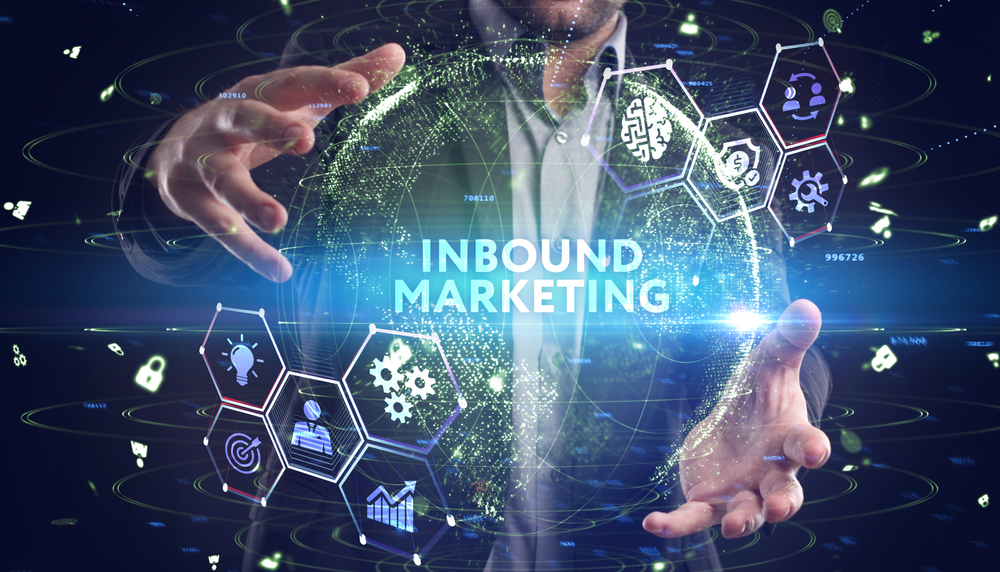Inbound marketing has revolutionized the way businesses approach potential customers. Unlike traditional outbound marketing such as advertising, inbound marketing is about organically attracting customers to you. It's a strategy that attracts people by offering valuable content and experiences tailored to their needs and interests. If you're about to dive into the world of inbound marketing, here's where you should start.
Understand what inbound marketing is
Before embarking on your inbound marketing journey, it's important to understand its basic principles. Inbound marketing is a business model that attracts customers by creating valuable content and experiences tailored to them. The core theme of inbound marketing is Attract, Engage, and Delight. This means attracting the right customers to your business, engaging them at scale, and delighting them individually.
Define your target audience
Before you can attract, engage or delight someone, you need to know who you are trying to reach. This is called your target audience or buyer persona. A buyer persona is a representation of your ideal customer based on market research and real data about your existing customers. To define your target audience, first of all think about what specific problem you are solving for them. What is it that your company helps them with? Then add things like job role, company size and industry.
It is important to remember that all data must be based on real knowledge, not what you think about them. Use analysis and interviews with existing customers or ask people who you think could benefit from your products and services to verify your theories. The more detailed your personas are, the better you will understand how to create content that appeals to them.
Set your targets and KPIs
You cannot measure the success of your inbound marketing strategy without having clear objectives and key performance indicators (KPIs). These should be in line with your company's overall objectives. Are you looking to increase website traffic, generate leads, increase sales or improve customer retention? Your goals will determine your strategy, and your KPIs will provide a measurable measure of your success. The best way is to work on one goal for a period of time and once it is achieved, evaluate the situation and set a new one.
Create high quality, relevant content
Inbound marketing is about offering valuable content to your target audience. This content can come in different formats, including blog posts, e-books, infographics, podcasts or videos. Some of it can be accessed for free (such as blogs and podcasts) while others can be put behind a form. This means the person has to enter their email address to access the material and is a great way to build their email list.
Remember that all content must be relevant to your audience, you should always consider the needs of your target audience when deciding on content. Is it something they are interested in? Does it solve a problem for them? Understanding your audience and what they want to know and need help with is key to creating content that actually converts.
Optimize for SEO
Search engine optimization (SEO) is an important part of any inbound marketing strategy. It's how you make sure your high-quality, relevant content is seen by your target audience. This includes researching keywords, optimizing your website's technical SEO, creating engaging meta descriptions, and acquiring high-quality backlinks. SEO will increase your visibility in search engine results pages (SERPs), driving more organic traffic to your website.
Taking advantage of social media
Social media is a powerful tool for every inbound marketer. It is a place where you can engage with your audience, share your content and expand your brand's reach. Different social platforms attract different audiences, so it's important to know where your target audience spends their time online. Once you have identified these platforms, you can use them to promote your content, engage with your audience and build relationships.
Use email marketing
Email remains one of the most effective channels for inbound marketing. It allows you to communicate directly with your prospects, providing them with relevant content and personalized offers. Email marketing is particularly effective in nurturing leads and converting them into customers.
Start small and remember to monitor, analyze, and adjust.
Finally, remember that inbound marketing is a process. If you're brand new, we recommend taking it one step at a time. For example, start by creating something that your website visitors can download in exchange for their email address. Then continue to slowly build up your content bank, such as a blog or a podcast. Choose one medium to start with and get it off to a good start before tackling another. It's more important to have one well-functioning channel than several that don't generate any leads.
Once the content is in place, it's important to regularly monitor your KPIs, analyze your results, and adjust your strategy accordingly. This could mean adjusting your content, trying a new social media platform, or fine-tuning your SEO strategy. By constantly learning and adapting, you can ensure that your inbound marketing strategy is always as effective as possible.
Inbound marketing may seem like a big undertaking, but breaking it down into these steps makes it more manageable. As you embark on your inbound marketing journey, remember that the most important key to success is understanding your audience and providing them with real value. By doing this, you will attract, engage and delight your customers, create long-lasting relationships and drive business growth.


